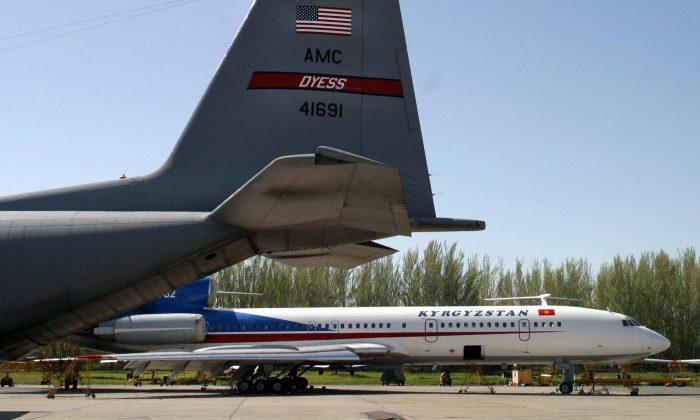A Russian surveillance aircraft flew over Washington D.C. at low-altitude on Wednesday, according to U.S officials.
The Russian Air Force Tupolev Tu-154 aircraft flew over the United States Capitol, the Pentagon, and other federal buildings on Aug. 9.
The surveillance flight, however, was already permitted by the U.S. government under a longstanding global treaty.
The treaty, called Open Skies, allows “unarmed aerial observation flights over the territories of its signatories.” The treaty aims to improve understanding and confidence among all participants and has a “direct role” in gathering intel on any military activities in member territories, according to the U.S. Department of State’s website.
Dan Gaffney, a spokesman for the Pentagon, told Associated Press he did not know the exact details for the flight path of the plane until their mission was over.
“A typical mission has several segments (flights) taking place over a few days,” Gaffney added.
Russia and the United States have both signed the treaty, allowing them both to conduct unarmed observation flights over all 34 member nations.
However, the U.S. Capitol Police did issue an alert saying that an “authorized low-altitude aircraft” would enter the normally restricted airspace over the Capital between 11 a.m. and 3 p.m. on Wednesday.
“The aircraft will be large and may fly directly over the U.S. Capitol,” the statement said. “This flight will be monitored by the U.S. Capitol Police command center and other federal government agencies.”
The United States also carries out similar surveillance flight missions, using an OC-135B an Air Force observation jet, over all member territories under the treaty.
Open Skies is one of the world’s largest and wide-ranging international arms control efforts to date and promotes openness and transparency in military forces and activities between countries.
Marine Lt. Gen. Vincent Stewart, director of the Defense Intelligence Agency, however, told the House Armed Services Committee subcommittee last year he would “love to deny” any future flights from Russia to the United States.
“The things that you can see, the amount of data you can collect, the things you can do with post-processing, allows Russia, in my opinion, to get incredible foundational intelligence on critical infrastructure, bases, ports, all of our facilities,” Stewart said. “So from my perspective, it gives them a significant advantage.”
Navy Capt. Jeff Davis, a Pentagon spokesman told reporters last year that the treaty program is needed, according to the Washington Post.
“We have to remember that while we have pretty good intelligence on a lot of the world, a lot of other countries don’t necessarily have that great of intelligence on us,” Davis said. “So, in the interest of transparency and miscalculation on their part, sometimes it’s worthwhile to allow them to have a look at what you’re doing or what you’re not doing.”
READ MORE:
Striking Photos Released of Russian Jet Buzzing Within Feet of US Recon Plane
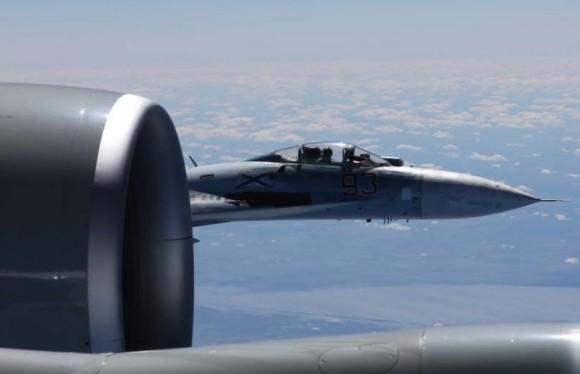
The U.S. military released some striking photos of a Russian fighter jet buzzing within several feet of an American reconnaissance aircraft over the Baltic sea.
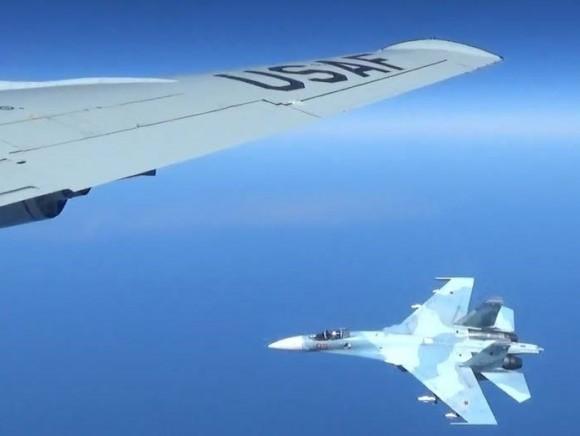
The June 19 incident was deemed unsafe by United States European Command because the Russian jet approached at a dangerous speed and proceeded to conducts sporadic maneuvers with just a few feet of the American aircraft.
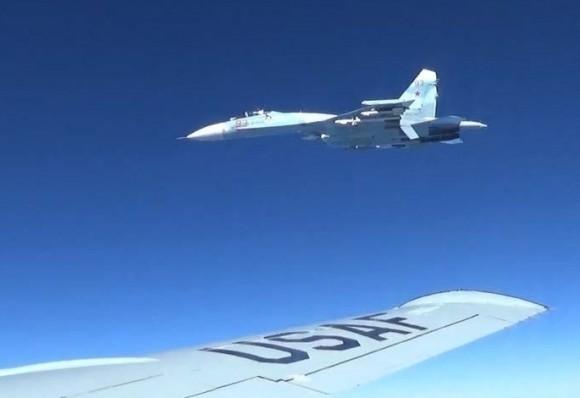
Russia has recently moved missiles to its Baltic sea outpost Kaliningrad. It is unclear how close to Kaliningrad the incident occurred.
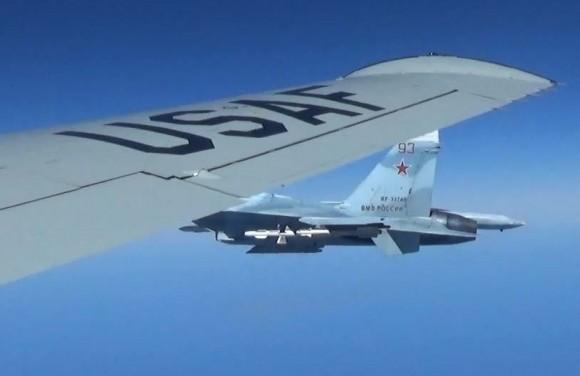
The United States and Russia have been involved in dozens of aerial incidents over the Baltic sea, but the June 19 encounter is a standout, U.S. officials said, because the Russian jet conducted unsafe maneuvers.
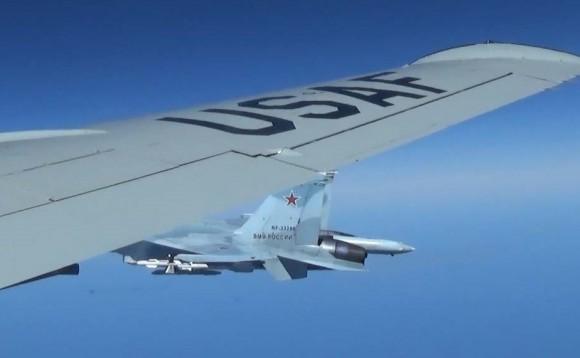
The Russian jet’s maneuvers were “provocative” and “erratic” military officials told Fox News.
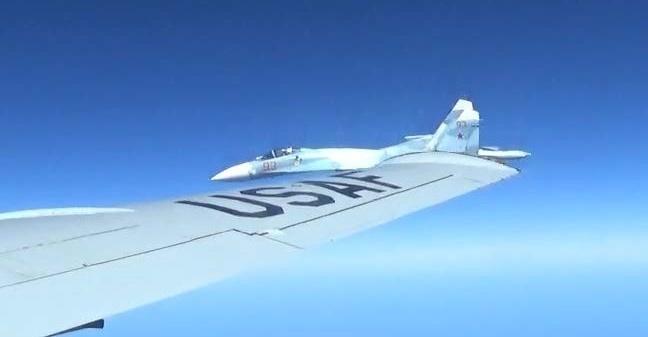
In one of the photos, the Russian jet is just within 5 feet of the American aircraft, so close that the Russian pilot can be seen in the cockpit.
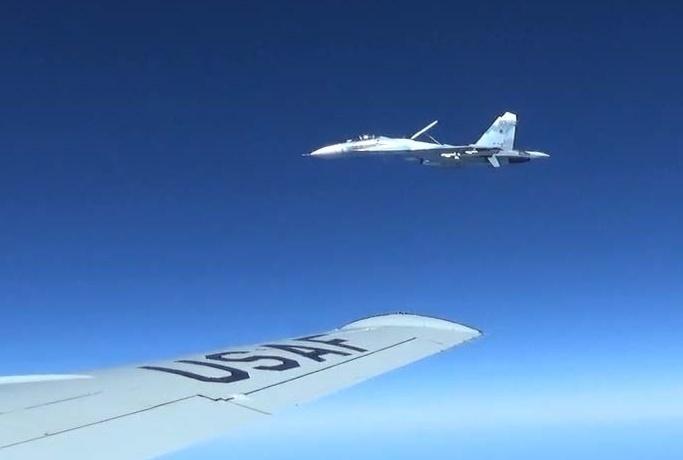
According to Fox News, Sweden summoned the Russian ambassador, because a Russian jet intercepted a Swedish recon aircraft two days after the incident captured in these photos.
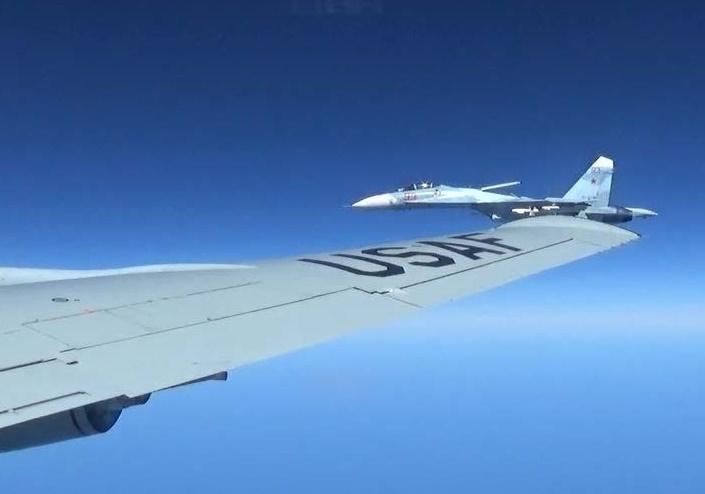
From NTD.tv
